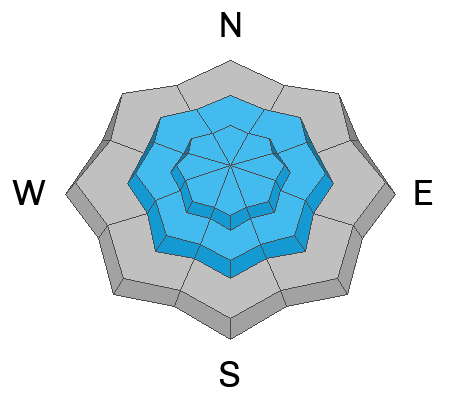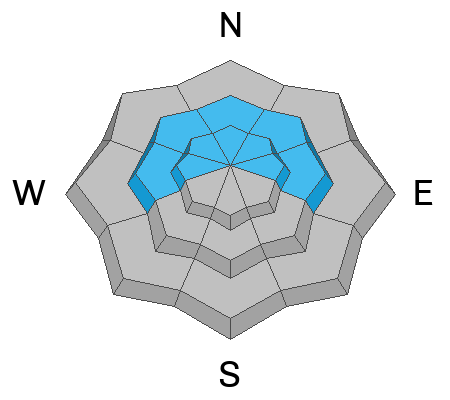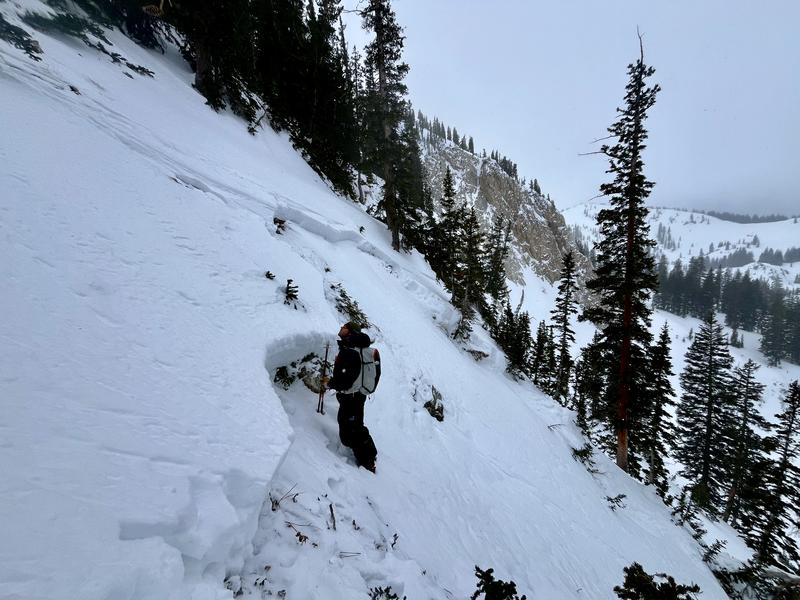Forecast for the Salt Lake Area Mountains

Issued by Trent Meisenheimer on
Saturday morning, January 18, 2025
Saturday morning, January 18, 2025
The avalanche danger is MODERATE on all aspects at the mid-and upper elevations where there are fresh soft slabs of wind-drifted snow. Also, be on the lookout for dry-loose avalanches in steep terrain where the low-density new snow could run fast and far, packing a punch.
The avalanche danger is MODERATE on mid and upper elevation aspects facing northwest through north and east where it is possible to trigger an avalanche failing in a buried persistent weak layer 2 to 4 feet deep. Don't let powder fever cloud your judgment today. Human-triggered avalanches are possible.

Low
Moderate
Considerable
High
Extreme
Learn how to read the forecast here










